Tactical Analysis and Skills in Volleyball
In the fast-paced and dynamic world of volleyball, success hinges on more than just raw athleticism. The importance of tactical analysis and skill development cannot be overstated, as these elements are crucial in shaping winning strategies and enhancing team performance. A strategic approach to the game can be the difference between victory and defeat, enabling teams to outmaneuver their opponents and optimize their gameplay.
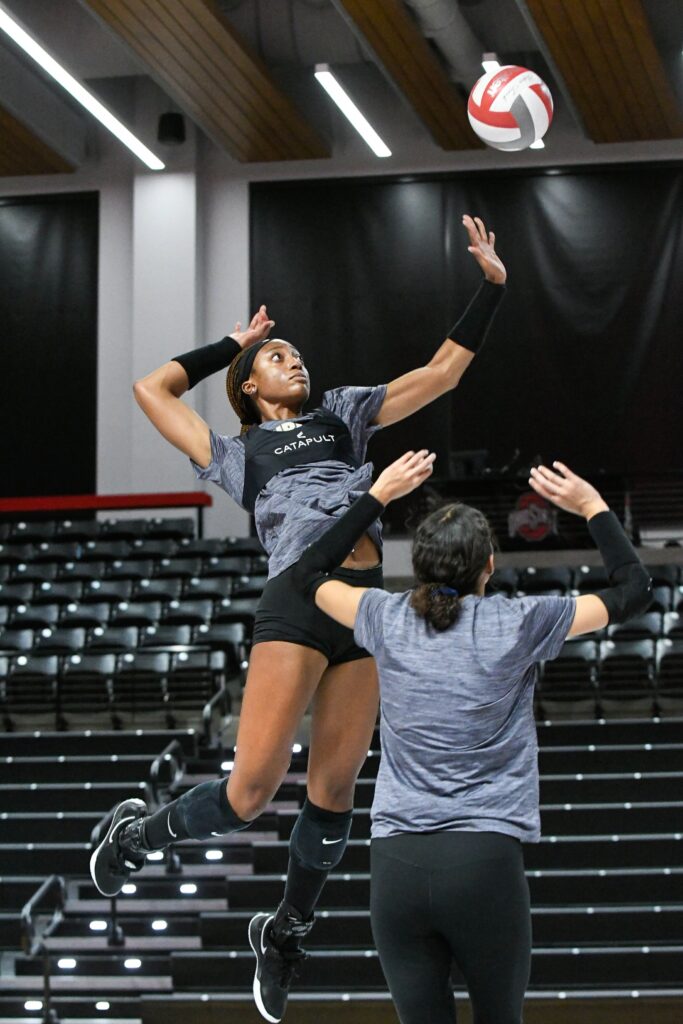
Contents:
- TACTICAL ANALYSIS IN VOLLEYBALL
- KEY ELEMENTS OF TACTICAL ANALYSIS IN VOLLEYBALL
- VOLLEYBALL MOVES & PLAYER POSITIONS
- SKILLS MASTERY IN VOLLEYBALL
- IMPORTANCE OF VIDEO & TACTICAL ANALYSIS SOFTWARE
The Role of Tactical Analysis in Volleyball
Tactical analysis involves understanding opponents’ patterns, court dynamics, and player positioning, all of which contribute to successful gameplay. By dissecting these elements, teams can develop more effective strategies and make informed decisions during matches. Skill development, on the other hand, focuses on honing individual abilities such as serving, passing, setting, attacking, blocking, and digging. Together, these components form the bedrock of a comprehensive volleyball training program.
Catapult Sports has been at the forefront of integrating advanced technology into volleyball, partnering with top-tier teams to enhance their performance through detailed data analysis. Teams like the University of Nebraska, the University of Pittsburgh, the University of Maryland, Rutgers University, and Purdue University have all benefited from Catapult’s innovative approach.
Transformative Impact of Technology
For instance, Greg Piteo, the Assistant Strength and Conditioning Coach for the University of Maryland Women’s Volleyball team, remarked on the value of Catapult’s technology, stating, “We have found the T7 device to be very advantageous in monitoring the daily and weekly workloads for our team. It allows us to see more detailed metrics, giving us a better understanding of the game’s demands and allowing us to make more informed decisions regarding practice planning and return to play.”
Similarly, Jason Pullara, Director of Strength & Conditioning at Purdue University, highlighted how Catapult’s comprehensive solutions provide deeper insights into team dynamics. He said, “The implementation of Catapult offers a comprehensive solution for coaches and staff to gain deeper insights into individual and team dynamics. This platform’s capacity to delve into the intricacies of Purdue Volleyball’s current training methods and its potential to enhance future training endeavours serves as a fundamental basis for integrating Catapult within the program.”
These examples underscore the transformative impact of tactical analysis and skill development in volleyball, showcasing how Catapult’s technology is helping teams reach new heights of performance on the court. Download the T7 Device White Paper.
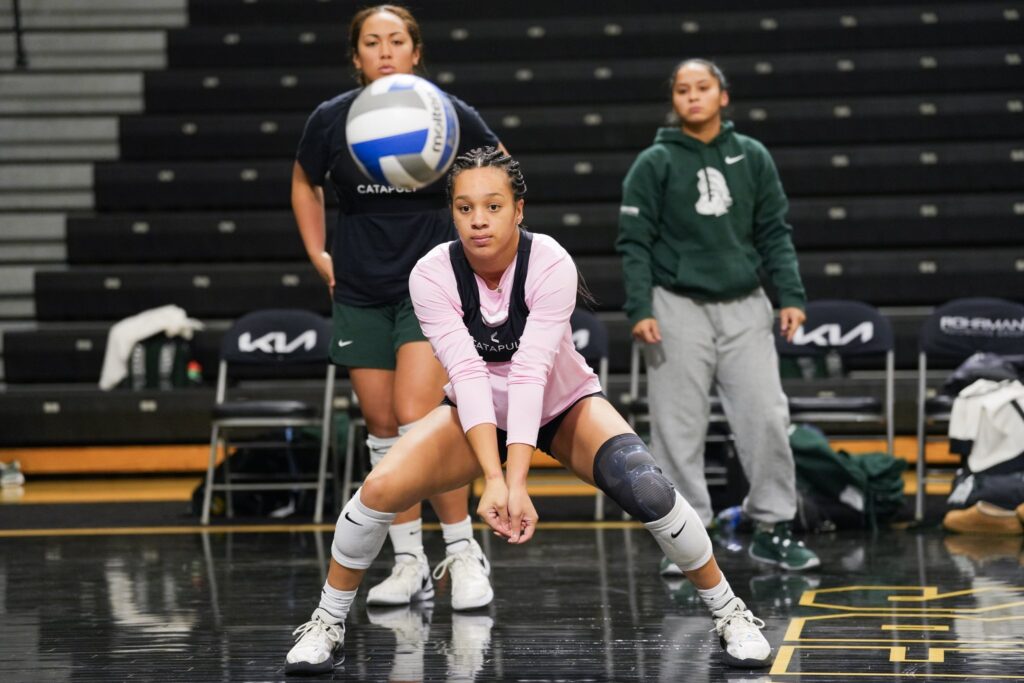
Tactical Analysis in Volleyball
Tactical analysis in volleyball refers to the systematic study and breakdown of the game to understand the strategic elements that influence performance. This involves evaluating various aspects of gameplay, such as player positioning, movement patterns, and court dynamics. By leveraging tactical analysis, teams can gain critical insights into their own strengths and weaknesses, as well as those of their opponents.
Understanding Opponents’ Strategies
In volleyball, understanding opponents’ strategies is paramount. This includes analyzing their serving patterns, attacking tendencies, and defensive setups. For example, recognizing an opponent’s favorite hitting zones or their blocking formations can inform a team’s offensive and defensive strategies, allowing players to anticipate and counteract their moves effectively.
Patterns of play are another vital component of tactical analysis. This involves studying sequences of actions that repeatedly occur during matches, such as specific rotations or set plays. By identifying these patterns, teams can predict opponents’ next moves and adjust their tactics accordingly. For instance, if a team consistently sets up a strong hitter in a particular rotation, defenders can prepare to block or dig more effectively in those situations.
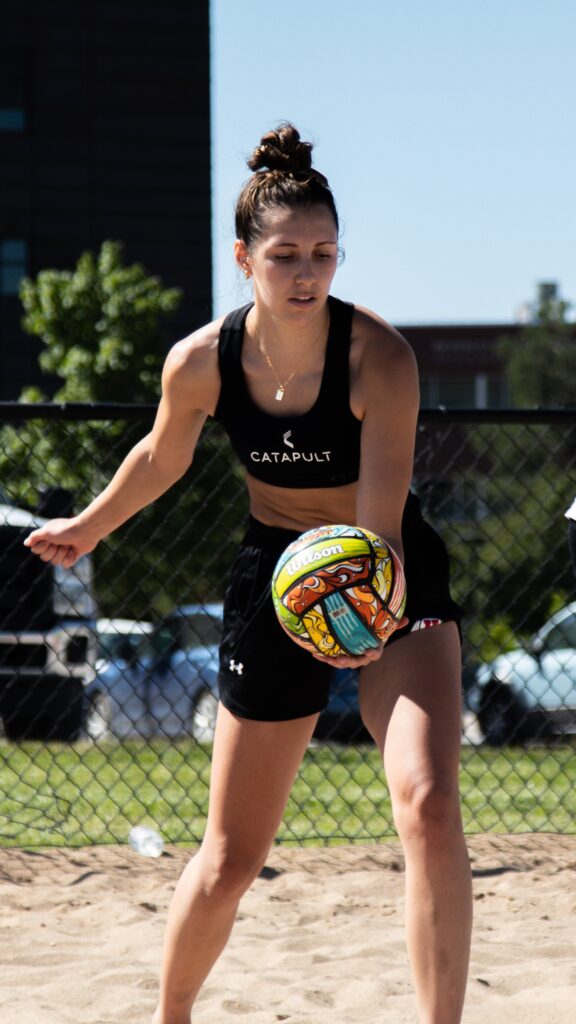
Analyzing Court Dynamics
Court dynamics, which include the spatial arrangement and movement of players, are also crucial. Effective tactical analysis examines how players cover the court, their transition from defense to offense, and their positioning relative to the ball and other players. Understanding these dynamics helps in optimizing player roles and positioning to maximize coverage and minimize vulnerabilities. For example, a libero’s positioning and movement during a rally can be fine-tuned to cover more court area and improve defensive plays.
By integrating these elements into their preparation, teams can develop comprehensive game plans that leverage their strengths and exploit opponents’ weaknesses. This strategic approach not only enhances individual and team performance but also fosters a deeper understanding of the game, leading to more informed decision-making during critical moments in matches.
Catapult Sports aids in this detailed tactical analysis by providing advanced wearable technology that captures real-time data on player movements and actions. This data-driven approach allows coaches and players to delve into the intricacies of their performance, offering a competitive edge that is crucial in high-stakes volleyball matches.
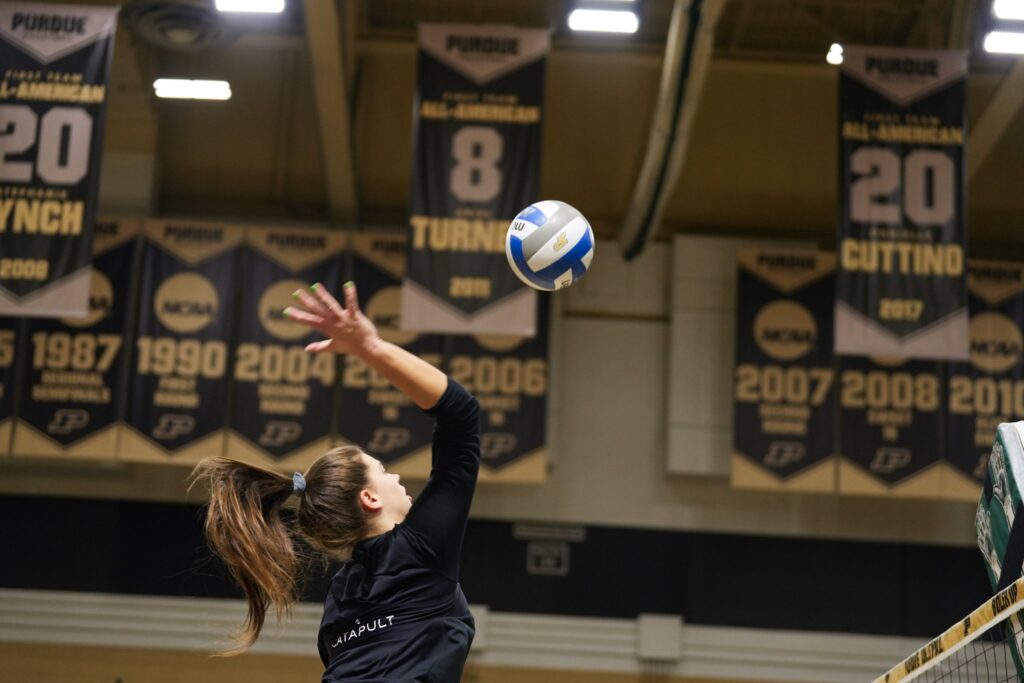
Key Elements of Tactical Analysis In Volleyball
Tactical analysis in volleyball encompasses several fundamental elements that are crucial for developing a winning strategy. By focusing on positioning, player roles, rotations, and effective communication, teams can create cohesive and dynamic gameplay that maximizes their strengths and exploits opponents’ weaknesses.
Key Volleyball Moves and Player Positions
In volleyball, understanding specific moves and player positions is crucial for both tactical analysis and effective gameplay. Each player’s position and their ability to execute particular moves contribute to a team’s overall strategy, influencing offensive and defensive plays.
Volleyball Moves: Essential Skills for Success
Volleyball moves are the fundamental actions that players use to control the ball, execute plays, and score points. Here are some of the key moves in volleyball:
- Serve: The serve is the starting move of each rally, where a player strikes the ball from behind the baseline to put it into play. Types of serves include the float serve, jump serve, and topspin serve, each designed to disrupt the opponent’s initial setup.
- Pass: Also known as a “bump,” the pass is a move used to receive the serve or an attack from the opposing team. Players use their forearms to pass the ball accurately to the setter, who sets up the offensive play.
- Set: The set is an overhead move where a player uses their fingertips to position the ball for a hitter. This move is typically executed by the setter, who plays a pivotal role in orchestrating the team’s attacks.
- Attack (Spike): The spike, or attack, is a powerful move where a player jumps and strikes the ball over the net with force, aiming to score a point. This move is often performed by outside hitters, opposite hitters, or middle blockers.
- Block: The block is a defensive move used to stop or deflect the opposing team’s attack. Front-row players, particularly middle blockers, jump near the net to intercept the ball before it crosses over, reducing the chance of a successful attack.
- Dig: The dig is a defensive move used to prevent the ball from touching the court after an opponent’s attack. Players use their forearms or one hand to keep the ball in play, enabling the team to transition from defense to offense.
Volleyball Player Positions and Their Roles
Player positioning is the cornerstone of volleyball tactics. Proper positioning ensures that each player is in the optimal location to perform their specific role, whether it be attacking, setting, defending, or receiving serves. Effective positioning requires an understanding of both individual responsibilities and how those roles fit into the team’s overall strategy. For example, outside hitters must be adept at both attacking from the front row and covering defensive positions in the back row. Similarly, liberos need to be strategically placed to maximize their defensive capabilities, often covering large areas of the court to dig out powerful spikes.
Each player position in volleyball has specific responsibilities, contributing to the team’s structure and tactics. Understanding these roles is essential for tactical analysis and optimizing team performance.
- Setter: The setter is the playmaker on the court, responsible for setting the ball for attackers. Positioned in the back or front row, the setter is critical in coordinating offensive plays and adjusting to the flow of the game.
- Outside Hitter (Left-Side Hitter): The outside hitter is typically the primary attacker and a versatile player who can execute both offensive and defensive plays. Positioned on the left side of the court, this player often receives serves, attacks from the left wing, and blocks the opponent’s right-side attacks.
- Opposite Hitter (Right-Side Hitter): The opposite hitter plays on the right side and is often the backup attacker. This player’s role includes attacking from the right wing, blocking against the opponent’s outside hitters, and supporting defense.
- Middle Blocker: Positioned in the center of the front row, the middle blocker’s main role is to block the opponent’s attacks, particularly quick hits and spikes from the middle. Middle blockers are also responsible for quick attacks close to the setter.
- Libero: The libero is a specialized defensive player, typically wearing a different-colored jersey. Liberos focus on receiving serves, digging attacks, and passing, providing stability in the back row. They do not attack or serve and are allowed to substitute freely without following rotation rules.
- Defensive Specialist: Similar to the libero, a defensive specialist is focused on back-row defense and receives serves. Unlike the libero, this player follows standard rotation rules and can substitute into the front row if needed.
Understanding these volleyball moves and player positions enables teams to optimize their tactical approach, with each player’s skills and positioning contributing to the team’s overall success. For coaches and analysts, incorporating these elements into tactical analysis can provide insights into both their team’s strengths and the opponent’s weaknesses.
Defensive Tactics
Defensive tactics in volleyball involve the strategies used to prevent the opposing team from scoring. This includes both individual skills, such as blocking and digging, and team strategies like rotational defense and zone coverage. A key aspect of defensive tactics is the ability to read the opponent’s offensive patterns and anticipate their moves. For instance, blockers need to watch the setter’s hands and the hitter’s approach to time their jumps accurately. On the other hand, back-row defenders must be prepared to cover tips, roll shots, and powerful spikes, adjusting their positions based on the opponent’s tendencies.
Attack Tactics
Attack tactics focus on creating scoring opportunities and outmaneuvering the opponent’s defense. This involves coordinated efforts between setters and hitters to execute plays that can disrupt the opposing team’s defensive setup. Effective attack tactics include quick sets, combination plays, and varied hitting angles to keep defenders off balance. Setters play a pivotal role in attack tactics, as they must make split-second decisions to deliver precise sets that allow hitters to exploit gaps in the defense. Hitters, in turn, must be versatile, capable of executing different types of attacks such as cross-court spikes, line shots, and off-speed hits to keep the defense guessing.
By mastering these key elements—player positioning, defensive tactics, and attack tactics—teams can enhance their overall performance and gain a tactical edge on the court. Catapult’s technology aids in this process by providing detailed data on player movements and actions, enabling coaches to fine-tune their strategies and optimize their players’ performance.
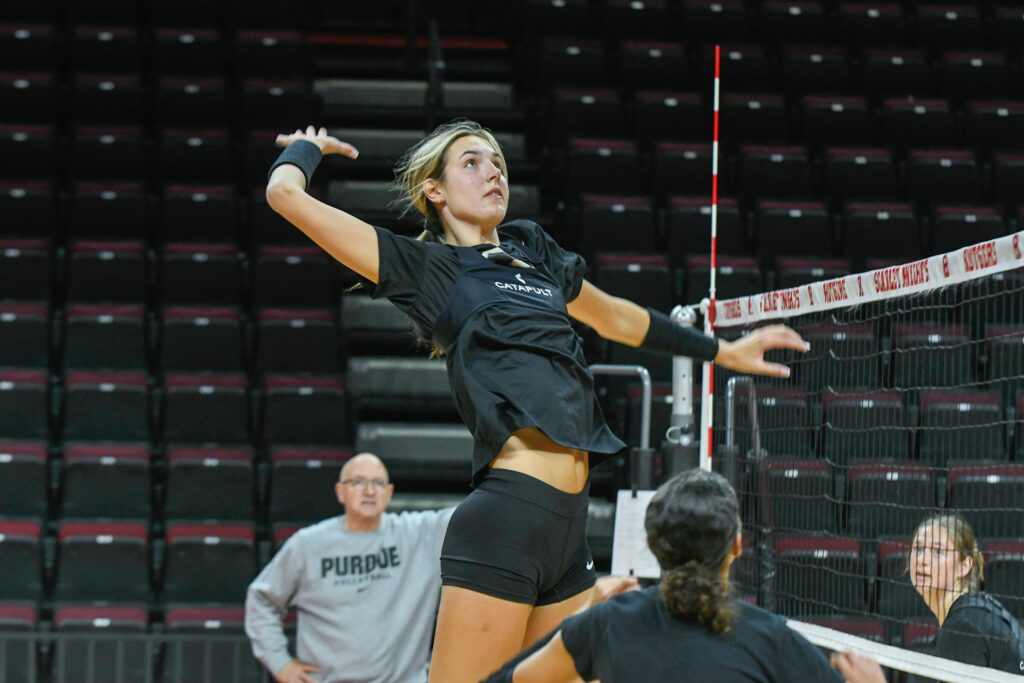
Tactical Analysis Promotes Skills Mastery in Volleyball
Understanding the game’s tactics on a fundamental level is essential for skill development in volleyball. Tactical analysis not only enhances strategic planning but also provides players with a deeper comprehension of the game, leading to improved execution of essential skills. By studying the nuances of gameplay, players can refine their techniques and adapt to various situations more effectively.
Enhancing Serving and Passing
One of the primary benefits of tactical analysis is its impact on serving. Serving is the first opportunity to put the opponent on the defensive, and analyzing opponents’ serve reception patterns can help servers develop targeted strategies. For example, by identifying weak passers or areas of the court that are less effectively covered, servers can practice placing their serves more accurately to exploit these weaknesses.
Passing, or serve receive, is another critical skill that benefits from tactical understanding. By analyzing opponents’ serving tendencies, passers can better anticipate the type and direction of serves, improving their positioning and reaction times. Effective passing sets the stage for successful offensive plays, making it a vital component of a team’s overall performance.
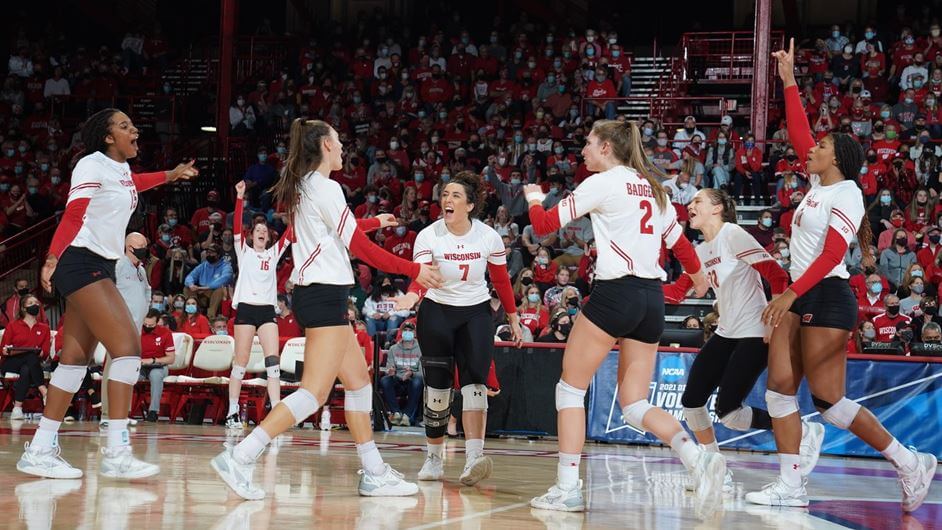
Improving Setting, Attacking, and Defense
Setting, the art of delivering precise and timely assists to hitters, also gains from tactical insights. Setters who understand the flow of the game and the positioning of blockers can make better decisions about where to place the ball, increasing the chances of a successful attack. Tactical analysis helps setters recognize patterns in the opponent’s blocking scheme, allowing them to vary their sets and keep the defense off balance.
Attacking, or hitting, is where tactical analysis can significantly influence outcomes. Hitters who are aware of the opponent’s defensive setup can choose the best type of attack, whether it’s a powerful spike, a finesse tip, or a strategic roll shot. By understanding the positioning and tendencies of blockers and defenders, attackers can make smarter decisions to maximize their chances of scoring.
Blocking, the first line of defense, is also enhanced through tactical analysis. Blockers need to read the setter and hitters to anticipate the direction and timing of attacks. By studying opponents’ offensive patterns, blockers can improve their timing and positioning, making them more effective at disrupting the attack.
Digging, the act of defending against attacks, is crucial for maintaining rallies and transitioning to offense. Tactical analysis helps defenders anticipate where attacks are likely to go, improving their reaction times and positioning. Understanding the tendencies of hitters and the flow of the game allows diggers to be more proactive and effective in their defensive efforts.
In summary, a fundamental understanding of volleyball tactics directly contributes to the mastery of essential skills. Serving, passing, setting, attacking, blocking, and digging all benefit from insights gained through tactical analysis. Catapult’s technology facilitates this process by providing detailed data and real-time feedback, enabling players and coaches to make informed decisions and continuously improve their performance on the court.
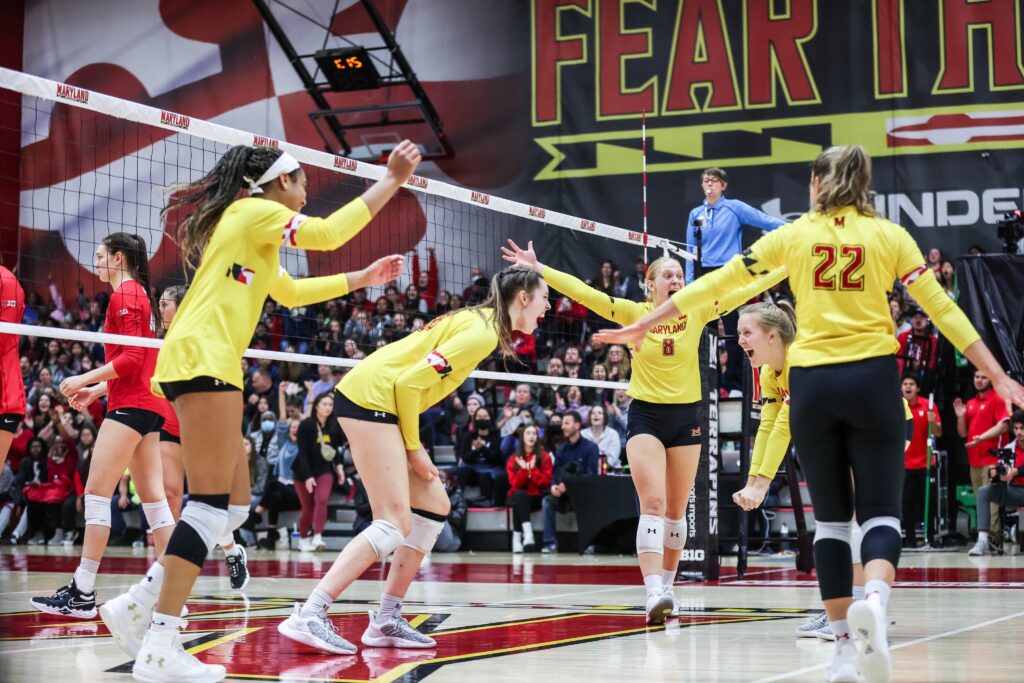
Importance of Video & Tactical Analysis Software
Video analysis in volleyball involves the use of video technology to record, review, and analyze gameplay. This tool is essential for understanding team and individual performances, identifying strengths and weaknesses, and developing strategies to improve overall play. By breaking down footage of matches and practices, coaches and players can gain valuable insights that are often missed in real-time.
The Eyes in the Sky: Video Technology in Volleyball
Video technology serves as the “eyes in the sky” for volleyball teams, providing a comprehensive view of the court and player movements. This perspective is crucial for dissecting team performances and understanding the intricacies of gameplay. Coaches and players use video analysis to review matches, focusing on specific plays, player positioning, and execution of tactics.
The role of video analysis in volleyball extends beyond mere review; it is a powerful tool for strategic planning and skill development. Coaches leverage video technology to study opponents, identifying their strengths, weaknesses, and tendencies. By analyzing footage of opposing teams, coaches can devise game plans that exploit vulnerabilities and neutralize threats. For example, identifying a team’s preferred attacking zones or their defensive rotations allows for targeted strategies that can disrupt their gameplay.
Players also benefit significantly from video analysis. By watching themselves in action, they can see what they are doing well and where they need improvement. This visual feedback is instrumental in correcting mistakes, reinforcing good habits, and developing a deeper understanding of their roles and responsibilities. For instance, a hitter might notice that their approach timing is off, or a setter might see that their decision-making can be faster and more varied.
Moreover, video analysis fosters better communication and teamwork. Coaches can use video sessions to illustrate points, ensuring that players understand tactical concepts and their implementation. This shared visual reference helps align the team’s efforts and improves cohesion on the court.
Enhancing Performance with Catapult’s Video and Tactical Analysis Software
Catapult’s video and tactical analysis software enhances this process by offering advanced features such as real-time tagging, customizable dashboards, and detailed performance metrics. These tools enable coaches to provide immediate feedback during practices and games, facilitating on-the-spot corrections and adjustments. The ability to integrate wearable technology data with video footage further enriches the analysis, providing a holistic view of performance that combines quantitative data with visual evidence.
In conclusion, video analysis is an indispensable component of modern volleyball training and strategy. It allows for a detailed examination of performances, supports strategic planning, and promotes continuous improvement. By incorporating Catapult’s video and tactical analysis software, teams can maximize the benefits of this technology, leading to enhanced performance and greater success on the court.
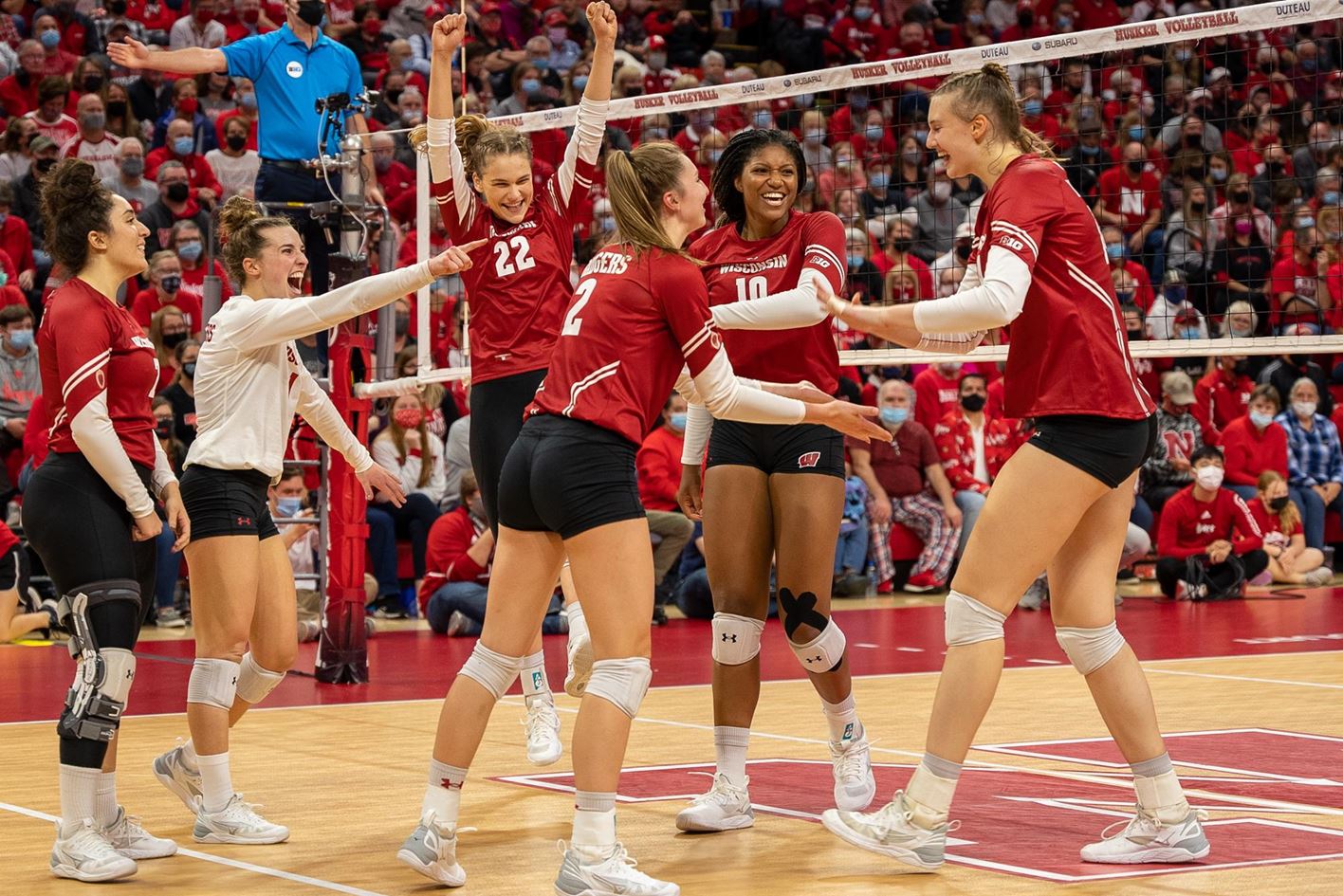
Conclusion
In volleyball, the interplay between tactical analysis and skills mastery is fundamental to achieving success. Tactical analysis provides the framework for understanding the game at a deeper level, enabling players and coaches to develop strategies that exploit opponents’ weaknesses and enhance their own strengths. This strategic approach is complemented by the continuous refinement of essential skills such as serving, passing, setting, attacking, blocking, and digging.
By integrating detailed tactical analysis with skill development, teams can create a cohesive and dynamic gameplay that is adaptable to various situations. Catapult’s technology plays a pivotal role in this process, offering advanced tools for video analysis and real-time performance data that support both tactical planning and skill enhancement.
For sustained success on the court, it is crucial for players, coaches, and volleyball enthusiasts to embrace a holistic approach to the game. This means not only focusing on individual skills but also understanding the broader tactical context in which these skills are applied. By leveraging the power of technology and data-driven insights, teams can optimize their training, improve performance, and achieve their goals.
Incorporating a comprehensive strategy that balances tactical analysis and skills mastery will lead to a more informed, prepared, and effective team. As evidenced by the experiences of top-tier programs using Catapult’s solutions, this approach can significantly elevate a team’s performance, paving the way for continued growth and success in the competitive world of volleyball.